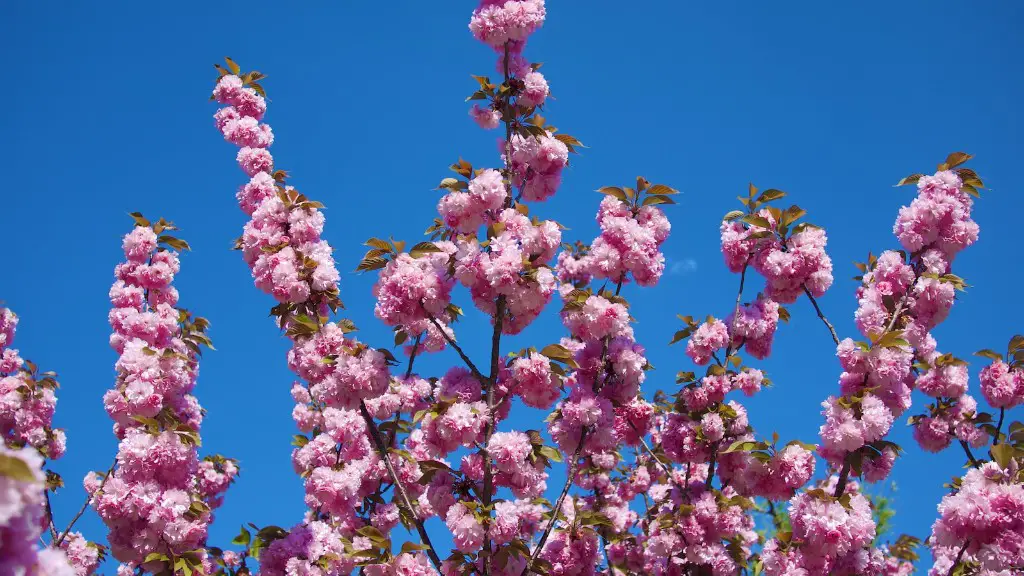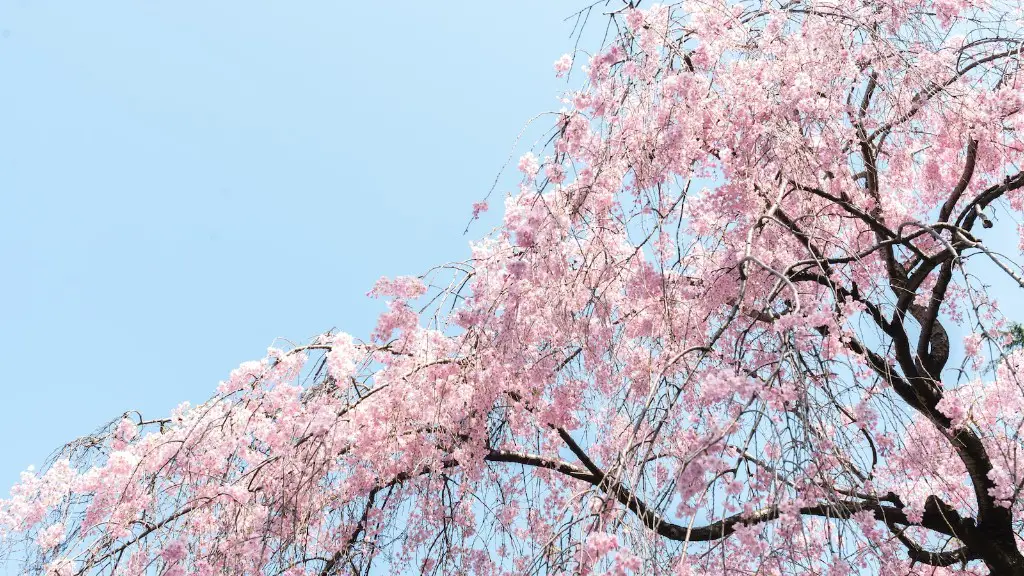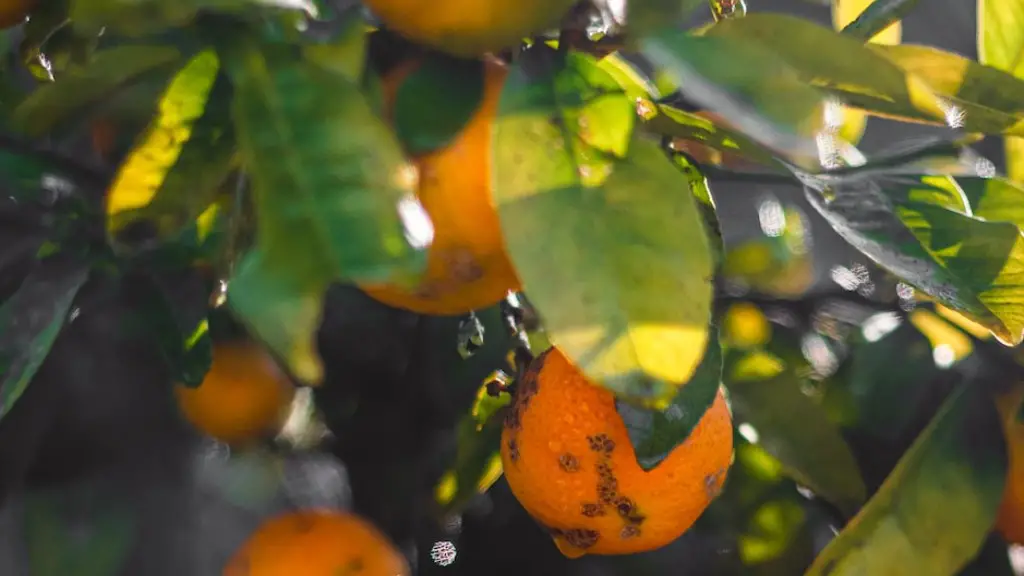Can you grow a lemon tree in Tennessee? In short, yes, you can. The climate in Tennessee is generally mild enough, with average temperatures between -20 and 90 degrees Fahrenheit, for some lemon tree varieties to thrive. With the right soil, a warm location, and sufficient sunshine, chances are you will succeed in nurturing a lemon tree.
It is important to select a variety suited to the Tennessee climate. Lemons that fare well in Tennessee typically come from California or Florida, such as ‘Meyer’ lemons or ‘Eureka’ lemons. These varieties are usually self-fertile and can grow in acidic, clay or loamy soil.
If you decide to grow a lemon tree in Tennessee, you’ll need to plant it in a location sheltered from strong winds and chilling temperatures. Aim for an area with several hours of sunlight each day, and make sure the temperature does not drop below 25-30 degrees Fahrenheit, or rise above 85-90 degrees Fahrenheit.
Fertilizing your lemon tree is also essential for its development. You can either use granular citrus fertilizer or organic compost, such as composted manure or composted leaf mold. It is important to do this twice a year, in the spring and fall; the amount you need to use depends on the size of the lemon tree’s canopy.
You must also pay attention to water levels, which should be consistent to keep your lemon tree healthy. Water your lemon tree until you see some running off the base of the trunk. If temperatures in Tennessee are particularly high, your lemon tree may need even more water.
Finally, it is also important to keep pests away. Remove any damaged or dead branches, and avoid using chemical pesticides. If the pest problem is particularly severe, consider opting for natural pest deterrents like diatomaceous earth.
Pruning
Pruning or trimming your lemon tree is a key step to ensure its survival and sustained healthy growth. After the first growing season, prune your tree every winter to remove any dead branches or weak branches that don’t develop fruit. Also, prune away any branches growing inward towards the centre of the tree. If you want to grow your lemon tree taller, prune it outside a rectangular shape, creating a Christmas tree shape.
It is also important keep the canopy balanced and open. Prune away branches that are all converging to one point, which create a bushy appearance and can cut down on air flow and sunlight. If the tree is particularly tall, you can opt for espalier pruning on the sides, to keep the branches reaching out and maintain a strong root system.
Pruning your lemon tree is necessary not only to encourage healthy growth but also to keep pests away. When you prune your lemon tree, make sure you’re using a pair of clean, sharp shears, to avoid injury and keep your fruit safe.
Be aware that trimming or pruning your lemon tree too aggressively can cause an imbalance, reducing the amount of fruit it produces. Make sure to assess the tree head-on before you begin pruning; study how the canopy is structured and how the branches develop.
Protecting Your Lemon Tree
Lemon trees grown in Tennessee may require some protection from winter weather, especially if frost or freezing temperatures are forecast. If winters are cold, select an area with southern exposure, since this will filter out colder air and keep the temperature relatively warm.
If a frost warning is issued in Tennessee, you can also build a burlap wall around the lemon tree to protect it from the cold and frost. Otherwise, you can buy citronella horticultural cloth or cover your tree with blankets. You must also avoid leaving any wet cloth on the ground, as it can cause the roots to rot when temperatures drop below freezing.
It is also important to remove any debris, weeds or plant materials that accumulate near the base of the tree. These can act as a reservoir for insects or other small creatures that can damage the lemon tree’s branches or roots. Make sure to cut away any damaged or diseased branches, and cover the open wound with a fungicide or whitewash to avoid the spread of fungi or bacteria.
Snow can also be detrimental to your lemon tree if temperatures drop too low. To minimize this risk, it is advisable to make an enclosed area around the tree, with burlap or fabric walls that reach approximately two feet above the ground. This will trap warm air on the ground and protect the bark and branches from freezing.
Harvesting Lemons
When your lemon tree begins to produce fruit, usually in year two or three, you will have to begin picking them. It is important to leave the lemons on the tree until they are full size and bright yellow in colour, if you want the lemons to be ripe and sweet. If you’d like to speed up the ripening process, you can place paper bags around the fruit, as these retain the heat and ensure the lemon reaches the desired colour and flavour.
It is best to snip off the fruit rather than tug it away from the stem, as this will ensure the stem heals correctly and you will be able to pick another lemon from the same branch. If you notice any mould on the lemons, cut away only the affected area and use the rest of the lemon before the mould spreads.
You will have to be diligent when harvesting your lemons. The life cycle of the fruit is relatively short, so you have to pick them right when they are ripe to avoid them going bad or decaying on the tree. If you have too many lemons, you can either eat them fresh, freeze them, or preserve them in salt or sugar.
Canning Lemons
Preserving lemons is a great way to enjoy the delicious, sweet and sour flavour of this citrus fruit all year round. To do this, you’ll need a medium saucepan and sterilized jars with lids for canning. Begin by washing and cutting the lemons into quarters, discarding the seeds. Then place the quartered lemons in the saucepan alongside the juice from two fresh lemons and a few tablespoons of salt.
Bring the lemon solution to a simmer and stir occasionally until the lemons are softened but still firm, about thirty minutes. Use a spoon to transfer the softened lemons carefully into clean, sterilized jars. Once all the lemons have been transferred, pour the lemon juice solution into the jar until all the lemons are submerged. Secure the lids and then boil the jars for twenty minutes to ensure the lemon quarters are properly preserved.
Once the jars have cooled, store them in a cool, dark area of your kitchen pantry. The lemons in the jar should last up to six months; after this period of time, the lemons will start to lose flavour and colour. Once opened, the preserved lemons can be cooked as desired, ora added to a vinaigrette, marinade or condiment.
When to Pick Lemons
Pick your lemons as soon as the colour has changed from green to yellow; if it is an early variety, it will be ready to pick within three weeks of the flower blossoms opening. Leave the lemons on the branch for a few days after the colour has changed and if it softens further, this is an indication that it is ready to pick. After picking, store the fruit in a single layer in the refrigerator and use them within two weeks for the best flavour and texture.
Tips to Keep Your Lemon Tree Safe
Keeping your lemon tree safe is key to its sustained growth and, consequently, the production of fruit. Here are some tips to help your tree grow:
- Regularly check branches to make sure they don’t have any insects or pests.
- Shape the tree by regularly pruning away overcrowded branches.
- Make sure the tree has enough water, especially during warm or hot summer days.
- Apply fertilizer once in spring, and again in the fall.
- Protect the tree from the cold during winter. If forecast frost, wrap the tree in blankets or build a wall of burlap.
- Harvest lemons as soon as the fruits change colour and soften slightly.
- Quickly discard any lemons with mould, to avoid contamination.




